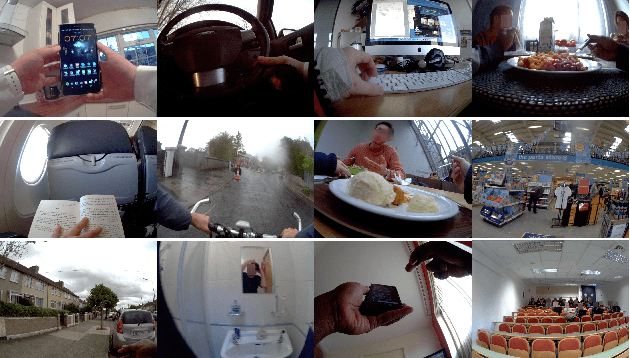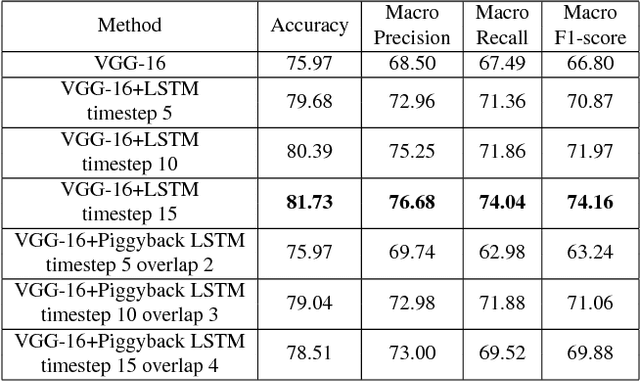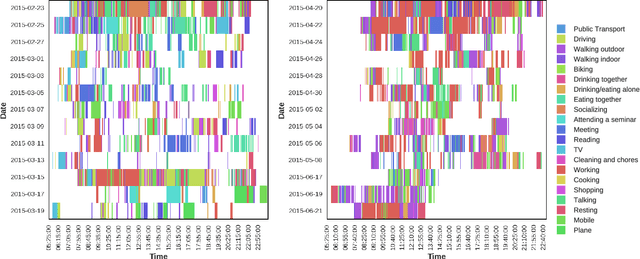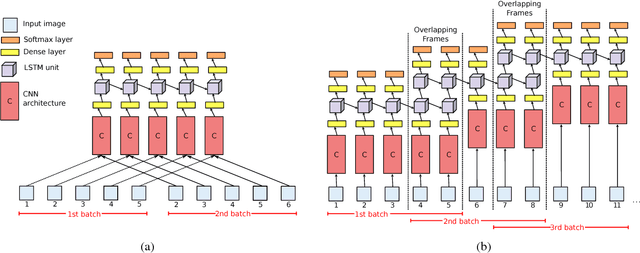Batch-Based Activity Recognition from Egocentric Photo-Streams
Paper and Code
Aug 25, 2017



Activity recognition from long unstructured egocentric photo-streams has several applications in assistive technology such as health monitoring and frailty detection, just to name a few. However, one of its main technical challenges is to deal with the low frame rate of wearable photo-cameras, which causes abrupt appearance changes between consecutive frames. In consequence, important discriminatory low-level features from motion such as optical flow cannot be estimated. In this paper, we present a batch-driven approach for training a deep learning architecture that strongly rely on Long short-term units to tackle this problem. We propose two different implementations of the same approach that process a photo-stream sequence using batches of fixed size with the goal of capturing the temporal evolution of high-level features. The main difference between these implementations is that one explicitly models consecutive batches by overlapping them. Experimental results over a public dataset acquired by three users demonstrate the validity of the proposed architectures to exploit the temporal evolution of convolutional features over time without relying on event boundaries.
 Add to Chrome
Add to Chrome Add to Firefox
Add to Firefox Add to Edge
Add to Edge